With the end of Marc Adam’s tenure at the Opéra de Nice, a short but defining chapter has closed. The gap he leaves will be hard to fill.
Earlier this year, there was an earthquake in Nice. Not a seismic event but a cultural one. Rumours that Marc Adam, the much-loved artistic director of the Opéra de Nice, was leaving after only two seasons, were soon confirmed and stunned opera fans on the Riviera and beyond. Why – hadn’t he been incredibly successful during his short tenure? Was he not happy here in Nice, he the French native who is a household name in Germanophone countries? The answer to both questions would be an unequivocal Yes…. followed by a But.
Marc Adam is a man with great physical presence and even greater artistic sensitivity. When he was called to Nice in November 2012, it was not by accident: The Strasbourg native has a CV that makes others in his field blanch, with decades of experience in leading international cultural institutions all over the world. A graduate of the prestigious Institut National Supérieur des Arts et du Spectacle (INSAS), he started out as an opera director, working in France, Germany, Benelux, Switzerland, Italy, Great Britain and Australia, and today enjoys a tremendous reputation for his sense of innovation and his versatility. No chef-d’œuvre from Wagner to Süskind that he wouldn’t have fearlessly tackled and turned into a success. Among many other notable distinctions, his success earned him the French government’s Chevalier de l’Ordre des des Arts et Lettres medal, reserved for only a handful of the most accomplished professionals in the field of art and education.
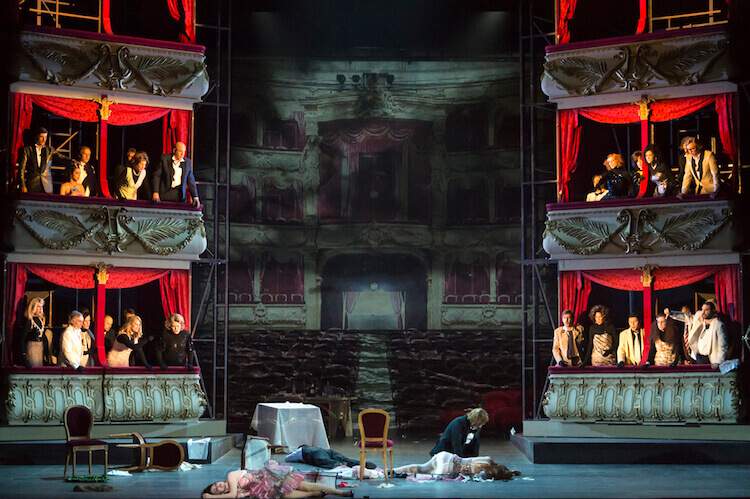
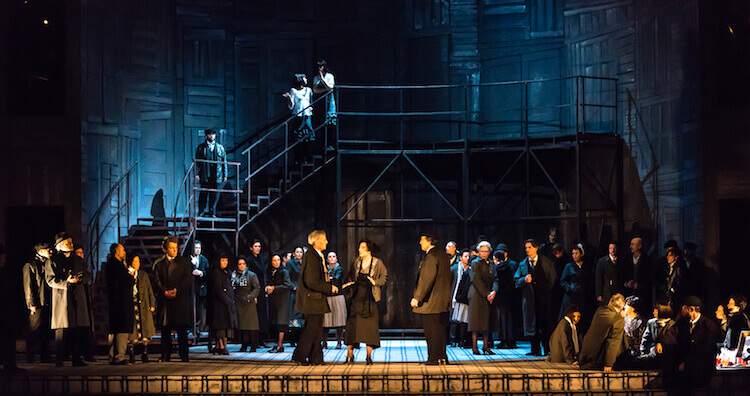
With all these accomplishments to his name, Marc arrived in Nice to great fanfare and even greater expectations. He quickly realized that he was dealing with a savvy audience but in order to be on a par with the greatest national institutions, the opera’s programming could benefit from a broader artistic perspective. And that analysis defined his ambitious goal: to elevate L’Opéra de Nice to the level of a first tier French music theatre by bringing in more international productions, offer a more varied program, and reach out to a wider audience but just the cultured few.
And as early as in his first season in 2013-14, Marc succeeded… resoundingly so. “Nice is a lyrical city, and I wanted to honour that spirit,” he tells us. His programme was therefore built on the spine of a traditional repertory, with vertebrae made of modern, contemporary adaptations. The Holy Trinity of Opera was there – Aida, Bohème, Carmen – but he didn’t shy away from pushing the envelope and taking risks. Knowing that his engagement spanned three years, he strategically built his program to gradually venture more and more into productions which challenged the audience, in a good way. At the same time, backstage, he also realized that there was a need for some serious housekeeping, and he slowly but surely started introducing greater artistic structure and organisation.
“The Opéra de Nice had previously gone through frequent changes and didn’t enjoy a particularly good reputation as a music theatre. But I quickly saw that I had fantastic material to work with. Few opera houses in France are as well-equipped as the one in Nice, with a choir, an orchestra, a ballet, and an atelier; all it needed was a distinct signature,” he explains to us. That in itself piqued the interest of artists abroad, and sure enough, with an artistic director of Marc’s caliber at the helms who is so well-known and respected across the world, the stars of international opera soon found that it was worth their while to work in Nice. So they came, bringing a cosmopolitan flair to town. And in turn, the public was enormously grateful for a newfound artistic perspective.
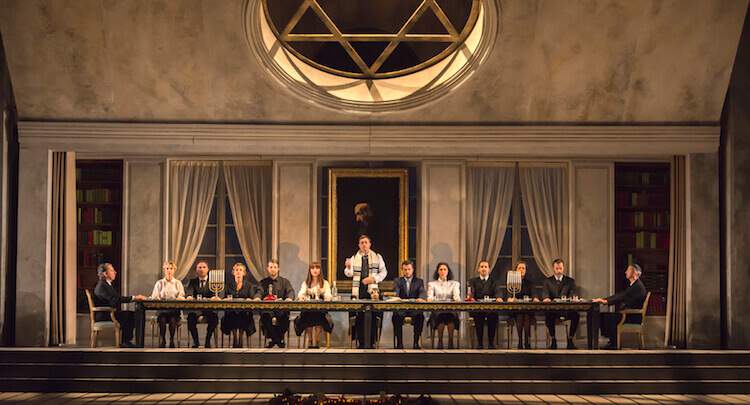
But while the audience loved Marc for his vision and the newly introduced cornucopia of high culture productions, the Powers That Be In Nice found the sudden internal refurbishment of their venerable institution a little more disconcerting.
What many French who never had the opportunity to live and work elsewhere don’t readily understand is the fact that abroad, an artistic director can – and is even expected to – take tremendous influence cultural life in a socio-political way, and has great power and resources to do so. While the Opéra de Nice, as a municipal theatre, is well-funded by the City, the antiquated French cultural management system (“la gouvernance”) effectively puts any public cultural institution into the hands of bureaucrats and politicians rather than cultural professionals, which effectively means it rarely operates to the best of its artistic abilities.
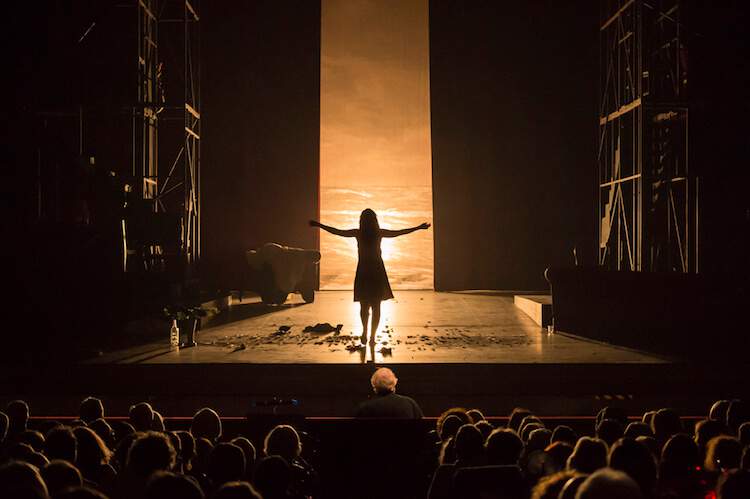
Of course, French-born Marc knew that but he also hoped that the spark he had ignited in the City By The Angel Bay would carry over backstage and into the arena of cultural politics. But change, in general, doesn’t sit well with the French, and even less so with those working in administration. And so it didn’t take that long until there was mutiny on the Bounty, or rather at the opera house. Maybe not overtly but mutiny anyway. The fact that Marc shared his territory with two other headstrong artistic directors – orchestra chef Philippe Auguin and ballet director Éric Vu-An – didn’t exactly help to ease the rising tensions. Both technically reported to him but had already been at the Opéra de Nice for many years, with all the established relationships on the in- and outside which that entails. A year into Marc’s tenure, critics started voicing concerns over him not pandering enough to the opera’s stakeholders, tantamount to a lack of “clientèlisme”. A strange reproach indeed, given that the true “clientèle” of an opera house should be counted in terms of audience rather than political and administrative stakeholders.
Meanwhile, things on stage go smoothly. First rate artists and excellent international productions are filing in and out of the venerable House across from the Promenade des Anglais. In January 2015, one of the 2014/15 season’s highlights, Benjamin Britten’s Peter Grimes, under Marc’s direction and Pascale Chevroton’s choreography…. A modern opera, which is already courageous to mount at progressive theaters, but definitely a calculated risk in Nice – and one that Marc wins. The audience loves it and shows its support by flocking in in droves, hailing Marc Adam as one of the finest contemporary opera directors.
And right thereafter, out of the blue, the shock. Marc’s contract was to be terminated by the end of 2015. Opera fans were stunned. What had happened?
It took a while for substantiated facts to surface but it was as simple as a case of professional tensions and personal allegiances. Nobody ever claimed that Marc Adam wasn’t up to his tremendous task artistically, but he clearly was too outspoken, too visionary, and too little concerned with befriending strategically placed personalities. Relationship-centric politics had outmaneuvered culture. And his integrity which had served him well throughout a career of three decades now suddenly worked against him.
He was stung but not defeated. “What is sad that this situation brings Nice back to Square One just when we were really picking up momentum internationally,” he says. “But I respect the City’s decision not to extend my contract if they feel I am not the right personal fit.” Before his departure he did give Nice a wonderful and memorable farewell present though: a fresh, modern, and creative adaption of La Traviata, under Pascale Chevroton’s direction and choreography, which played in November to enthusiastic reviews. When the final curtain fell on that production – and at a point when the 2015/16 season, which still bears Marc’s handwriting, is well underway – no successor has been named as yet.
No regrets? “None. I am comfortable with what I have done so far, both in Nice and previously, and I accept this situation as a welcome opportunity to reorient myself. Maybe take a break… reassess where I am as an artist and director… spend more time with my family…” But at the same time, this dynamic fifty-something is far from ready for retirement. “I would love to have another opportunity to work as an artistic director, and there are some beautiful ones out there. But in a field with very few vacancies and even less turnover, the right job doesn’t always come along right away.” He admits to being in love with beautiful, sunny Nice but still feels drawn back to Germany where he has been so successful for so many years, where the straightforward mentality suits him well, and where he has been given incredible opportunities to influence the cultural landscape… but he is open to whatever is next. He and his family are flexible, cosmopolitan, and multilingual, and home is wherever there is a theatre is that appreciates them. And with all that Marc brings to the table, there will be many.
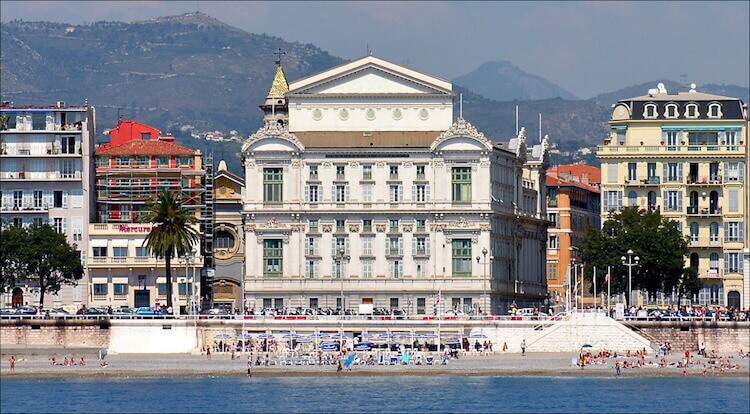
![]()
All photos courtesy Marc Adam, © D. Jaussein


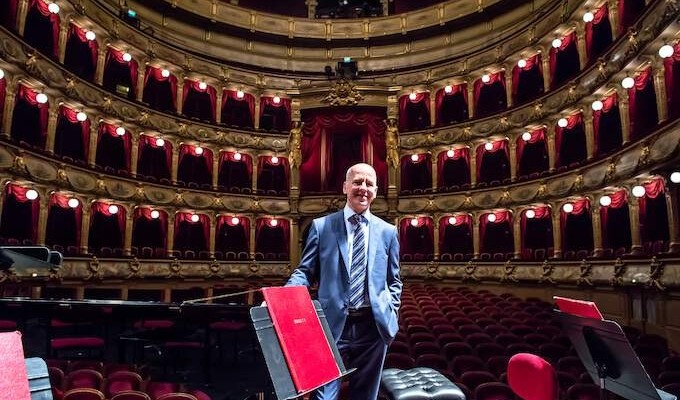
Leave a Reply